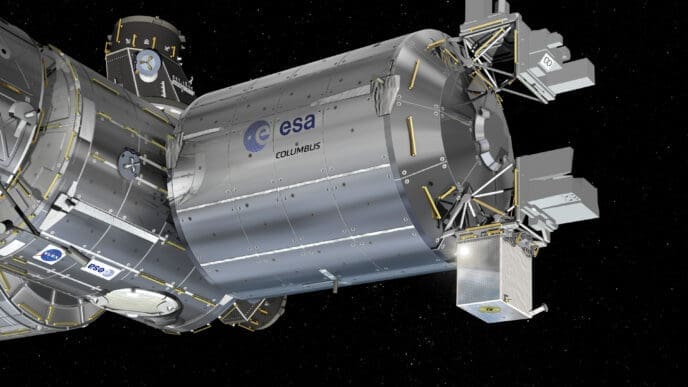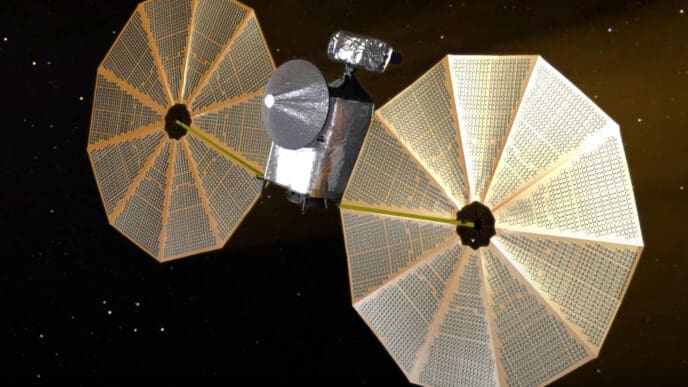China is on the brink of surpassing its previous launch records with a series of recent successful missions, highlighting the country’s escalating space ambitions.
On December 19, 2024, Galactic Energy, a burgeoning Chinese launch startup, executed its fourth sea launch. Utilizing a Ceres-1 solid rocket, the mission took off from a mobile sea platform near Shandong province, off the coast of Rizhao city, at precisely 5:18 a.m. Eastern Time. This live-streamed event marks another milestone in China’s rapidly increasing launch frequency. The mission successfully deployed four Tianqi satellites, numbered 33 to 36, into a low-Earth orbit, as confirmed by Galactic Energy. These satellites are part of the Tianqi narrow-band Internet of Things constellation, managed by Guodian Gaoke. Currently, 33 Tianqi satellites are operational, nearing the constellation’s initial goal of 38. The Ceres-1’s track record is notable, with 16 launches conducted, 15 of which have succeeded, including four sea launches. Galactic Energy is also gearing up for the Pallas-1 rocket’s debut, projected for 2025, promising advancements in payload capacity and reusability.
Just days before, on December 16, China placed four synthetic aperture radar (SAR) satellites into orbit. This mission was executed by a Long March 2D rocket launched from the Taiyuan Satellite Launch Center. All satellites reached their designated orbits successfully, according to the Chinese space outreach channel Ourspace. Manufactured by GalaxySpace, these SAR satellites are equipped with sophisticated payloads for enhanced data acquisition and planning.
These December missions contribute to China’s impressive tally of 66 orbital launch attempts for the year 2024, with over 260 spacecraft deployed. This follows a record-setting year in 2023 with 67 launches and 221 spacecraft. The country is set to break its record possibly with additional launches before the year concludes, including anticipated missions involving the Long March 3B and Long March 8 rockets.
Looking forward, China plans to escalate its launch frequency further in the coming year, driven by the construction of Qianfan and Guowang megaconstellations. The ongoing missions are significant for the future of global satellite infrastructure, as they will enhance telecommunications and observational capabilities worldwide.
China’s recent space endeavors underscore its commitment to advancing its presence in space. With continued innovations in rocket technology and a growing constellation of satellites, the nation is poised to set new benchmarks in space exploration.












